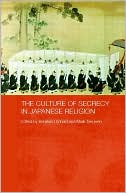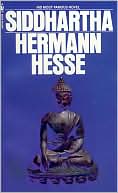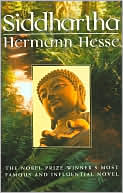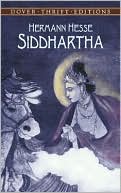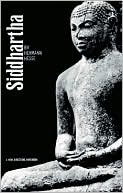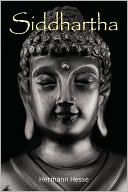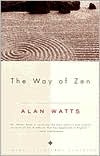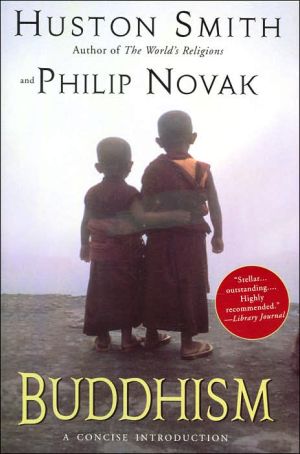The Culture of Secrecy in Japanese Religion
Search in google:
The Japanese Middle Ages were a period when secrecy dominated many forms of religious practice. This fascinating collection traces the secret characteristics and practices in Japanese religion, while analyzing the rise and decline of religious esotericism in Japan. Esoteric Buddhism developed in almost all Buddhist countries of Asia, but it was of particular importance in Japan where its impact went far beyond the borders of Buddhism, also affecting Shinto as well as non-religious forms of discourse. During the Middle Ages, secret initiations became a favored medium for the transmission of knowledge among Buddhist monks, Shinto priests, scholars, actors and artisans alike. The Culture of Secrecy in Japanese Religion looks at the impact of Esoteric Buddhism on Japanese culture, and includes comparative chapters on India and China. Whilst concentrating on the Japanese medieval period, this book will give readers familiar with present day Japan many explanations for the still visible remnants of Japan's medieval culture of secrecy. This compelling look at a largely undiscovered field of research successfully demystifies the study of esotericism and Tantrism, and will be essential reading for scholars of East Asian Buddhism, Japanese religion and religious history.
List of illustrations xiList of contributors xiiiPreface xivList of abbreviations xviIntroduction: Japan's culture of secrecy from a comparative perspective Mark Teeuwen 1Secrecy in religions: Strategy or contents? 2Cultures of secrecy and historical change 6Secrecy in Japan 8Social practices of secrecy 18The essays in this book 24Notes 31References 32Prologue 35Secrets and secrecy in the study of religion: Comparative views from the Ancient World Albert de Jong 37The comparative study of religion(s) 37Definitions of secrecy 39The Ancient World 45Final considerations 53Notes 54References 56The problem of secrecy in Indian Tantric Buddhism Ronald M. Davidson 60The difficult analysis of secrecy 60Classical Mahayanist contributions 63Esoteric Buddhist ritual 66The rhetoric of secrecy 71Conclusion 73Notes 74References 76Myth and secrecy in Tang-period Tantric Buddhism Martin Lehnert 78Esoterism or secrecy? 78What made the "secret teachings" secret? 80"...Not to lose words..." - a story of loss 82"...All on board took refuge in me..." - exclusiveness and secretion 88"...It is called secret signs..." - recognition and words of truth 93Concluding remarks 95Notes 97References 102Japan's medieval culture of secrecy 105Secrecy in Japanese esoteric Buddhism Fabio Rambelli 107The status of the "secret" in esoteric Buddhism 107The esoteric Buddhist episteme 110Transmitting the secrets: The education process of Shingon scholar-monks 116Shittan study and transmission rituals 121Transmission lineages of the esoteric episteme 123Conclusion 126Notes 127References 128Reconsidering the taxonomy of the esoteric: Hermeneutical and ritual practices of the Lotus sutra Lucia Dolce 130Non-esoteric notions of the "secret" in Chinese Buddhism 132The non-esoteric nature of quintessential Tantric concepts 137The esoteric-exoteric secret according to Annen: A Taimitsu synthesis? 142From secret teaching to esoteric teaching: The esoterization of the Lotus sutra 145Esoteric liturgies of the Lotus (hokke ho) 149The Lotus mandala and Taimitsu "threefold Tantrism": An alternative system of the esoteric? 152"The secret of the kenmitsu": Closing remarks 157Notes 166References 169Knowing vs. owning a secret: Secrecy in medieval Japan, as seen through the sokui kanjo enthronement unction Mark Teeuwen 172Introduction 172The Nijo lineage and the sokui kanjo 175Secret documents and Dharma lineages 181Discussion 195Conclusion 196Notes 198References 200Secrecy, sex and apocrypha: Remarks on some paradoxical phenomena Nobumi Iyanaga 204Introduction 204Juho yojin-shu and Tachikawa-ryu: What Tachikawa-ryu is not 207Heresy, forgery and secrecy 215Cross-transmission and the spread of secrecy 219Conclusion 221Notes 222References 226Esotericism in Noh commentaries and plays: Konparu Zenchiku's Meishuku shu and Kakitsubata Susan Blakeley Klein 229Introduction 229The scholarship on secret Noh treatises 231The historical context 233Esoteric allegoresis in Zenchiku's treatises on Noh 235Allegoresis in a Zenchiku play 242Conclusion 248Notes 249References 252The elephant in the room: The cult of secrecy in Japanese Tantrism Bernard Faure 255Vinayaka/Shoten as demon/deva 257Vinayaka as Kojin, lord of obstacles 258Vinayaka as placenta deity (ena kojin) 260Notes 264References 266Myths, rites, and icons: Three views of a secret Kadoya Atsushi 269Introduction 269The Three Sacred Regalia 269The Ten Sacred Treasures 270The Ten Sacred Treasures and the Three Sacred Regalia 275The Sacred Treasures as a mandala 277The end of the Sacred Treasures 279Conclusion: Myth, rite, and icon 280Notes 281References 282Two modes of secrecy in the Nihon shoki transmission Bernhard Scheid 284Historical setting 285The Urabe philology of Japanese myths 287Text analysis 290Conclusion 300Notes 302References 305The demise of secrecy 307When secrecy ends: The Tokugawa reformation of Tendai Buddhism and its implications William M. Bodiford 309The intellectual milieu of Tokugawa Buddhism 311The political setting of Tendai Buddhism 313The Anraku reform movement 315Reiku's Repudiation 319The loss of secrecy 323Concluding remarks 325Notes 325References 328Hiding the shoguns: Secrecy and the nature of political authority in Tokugawa Japan Anne Walthall 331Shoguns and the power of the dead 333Ceremonies for daimyo 334The reception of the foreign envoys 341The shogun's women and the culture of secrecy 346Commoners and shoguns 348Conclusion 351Notes 352References 354"Esoteric" and" public" in late Mito thought Kate Wildman Nakai 357Reclaiming esoteric territory 361The efficacy of public ritual 364Efforts at implementation 369Dilemmas of practice 372Notes 375References 378Index 380
